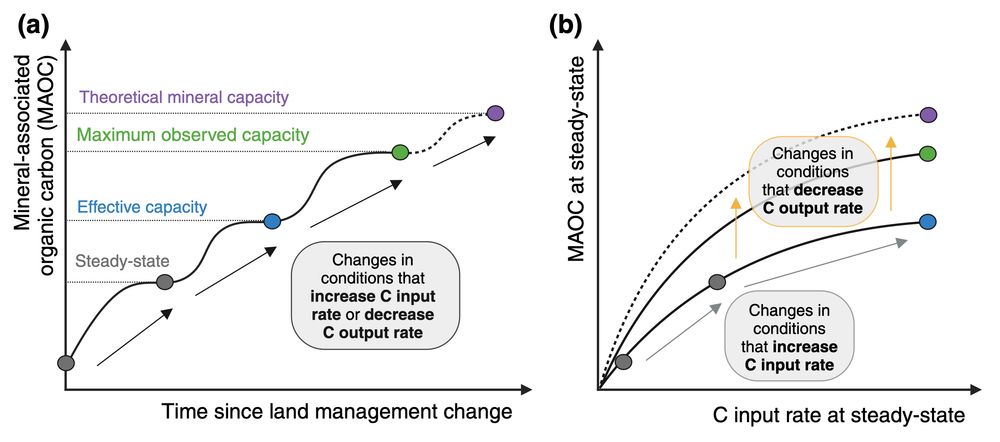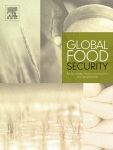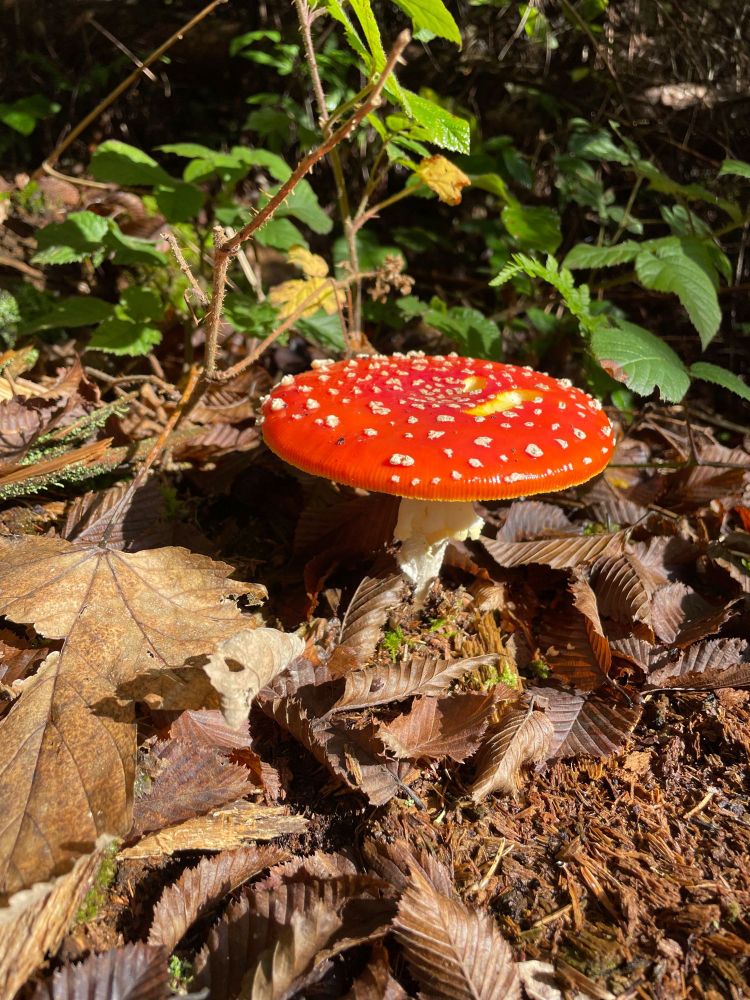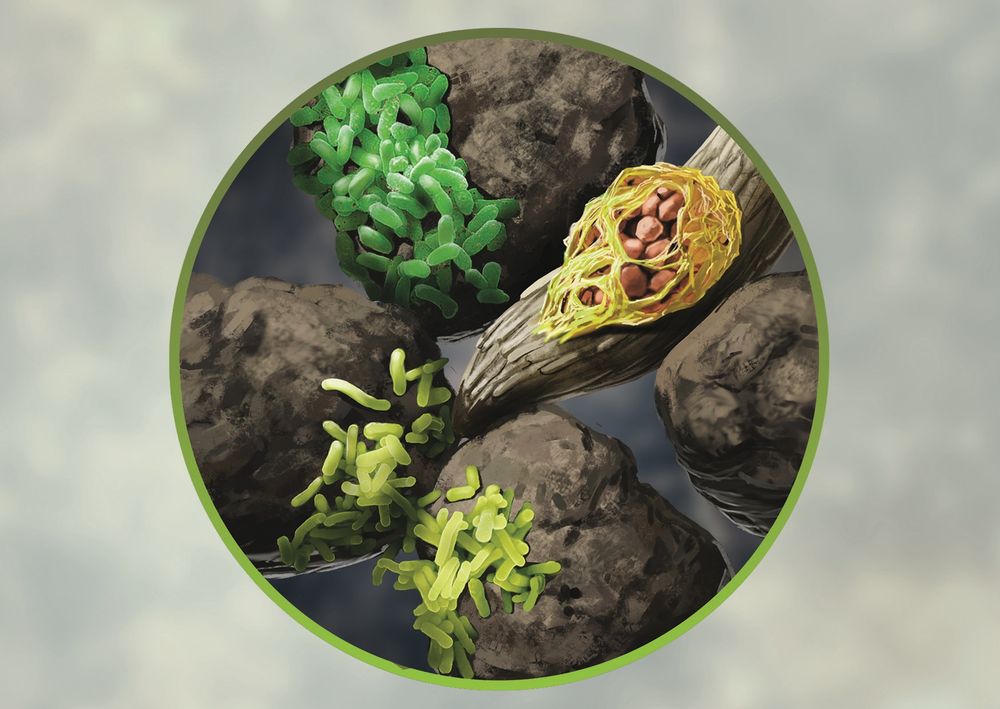Soil Carbon Saturation: What Do We Really Know?
🔗 buff.ly/OSmJhDO
@katerinageorgiou.bsky.social

Soil Carbon Saturation: What Do We Really Know?
🔗 buff.ly/OSmJhDO
@katerinageorgiou.bsky.social


onlinelibrary.wiley.com/doi/10.1111/...

Their talent doesn't express until they put in a lot of work.
Don't be fooled into thinking you aren't good because something doesn't come naturally.
Their talent doesn't express until they put in a lot of work.
Don't be fooled into thinking you aren't good because something doesn't come naturally.

doi.org/10.1016/j.gf...
🧪🌱🌾🧑🌾🐞💚🤎

doi.org/10.1016/j.gf...
🧪🌱🌾🧑🌾🐞💚🤎
doi.org/10.1016/j.so...

besjournals.onlinelibrary.wiley.com/doi/10.1111/...

besjournals.onlinelibrary.wiley.com/doi/10.1111/...
See my review out today in Fungal Ecology: doi.org/10.1016/j.fu...

See my review out today in Fungal Ecology: doi.org/10.1016/j.fu...
Our meta-analysis on the effects of earthworms on microbial abundance and diversity is now online. 🪱🦠
Led by Manuel Blouin from #INRAE Dijon.
@thegsbi.bsky.social
#MicrobiomeSky
papers.ssrn.com/sol3/papers....
Our meta-analysis on the effects of earthworms on microbial abundance and diversity is now online. 🪱🦠
Led by Manuel Blouin from #INRAE Dijon.
@thegsbi.bsky.social
#MicrobiomeSky
papers.ssrn.com/sol3/papers....
Multidimensionality is key.
link.springer.com/article/10.1...

Multidimensionality is key.
link.springer.com/article/10.1...

New commentary with @stuartsoil.bsky.social, @remicardinael.bsky.social, and others: doi.org/10.1016/j.on...
"A microbial framework for nitrogen cycling solutions in agroecosystems" @cp-oneearth.bsky.social
Permanent link here:
doi.org/10.1016/j.on...

"A microbial framework for nitrogen cycling solutions in agroecosystems" @cp-oneearth.bsky.social
Permanent link here:
doi.org/10.1016/j.on...
Rejection is the rule, but that doesn't mean it doesn't still suck big time, every time.
Rejection is the rule, but that doesn't mean it doesn't still suck big time, every time.
A day dedicated to spreading awareness of #SOIL and celebrating the amazing world under our feet.
Learn more by visiting www.fao.org/world-soil-d...

A day dedicated to spreading awareness of #SOIL and celebrating the amazing world under our feet.
Learn more by visiting www.fao.org/world-soil-d...
Soils are the essence of life, and I deeply admire the tiny biological engines that keep them functional.
Happy World Soil Day 2024 !

Soils are the essence of life, and I deeply admire the tiny biological engines that keep them functional.
Happy World Soil Day 2024 !
Led by the amazing @loutsi.bsky.social and Alberto Canarini.
Thread 1/2
rdcu.be/d1Tyg

Led by the amazing @loutsi.bsky.social and Alberto Canarini.
Thread 1/2
rdcu.be/d1Tyg


